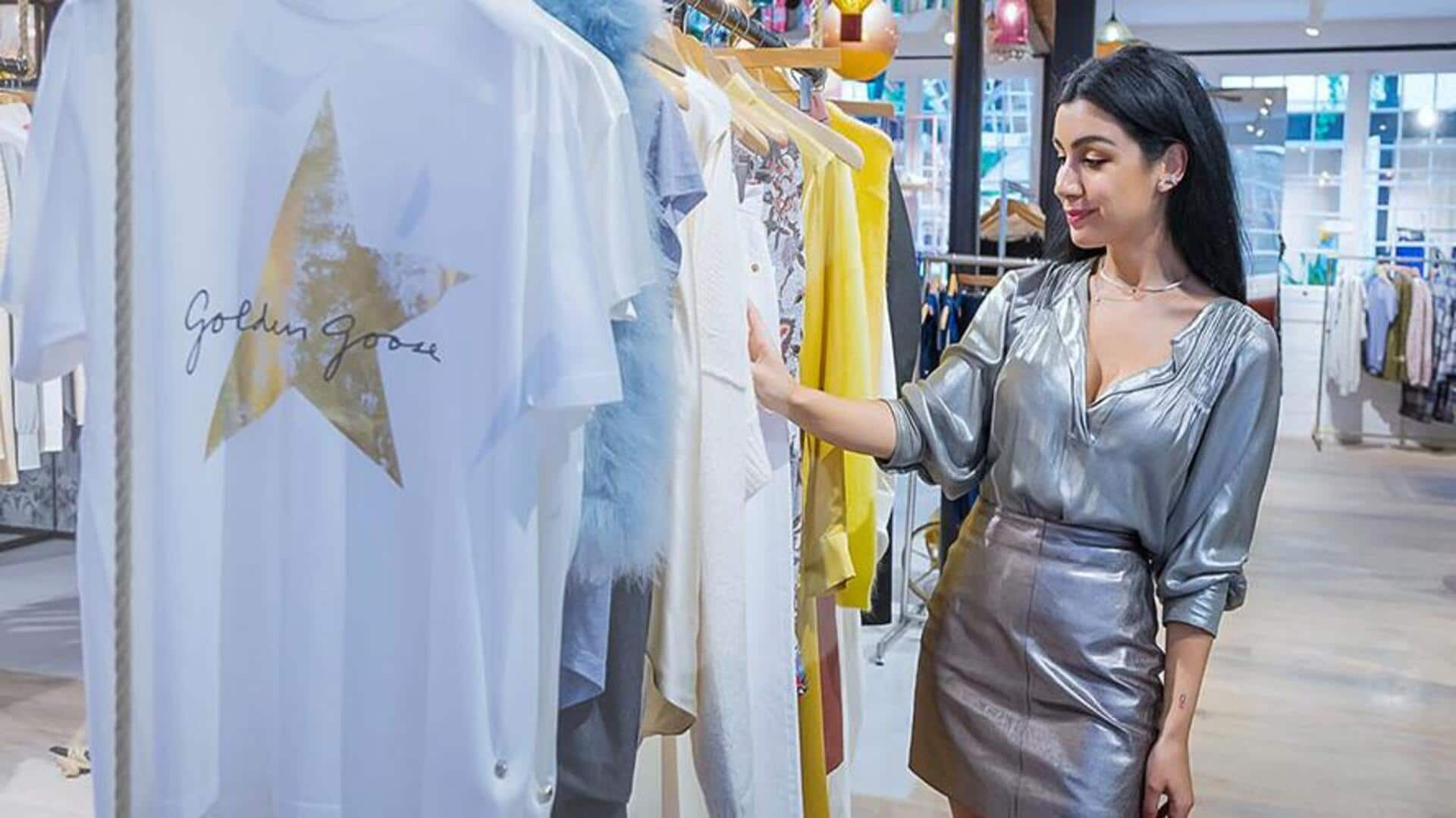
Dressing green: Conscious casualwear choices to make
What's the story
In an era where fashion meets environmental awareness, the fabric of our clothes is more than a tactile experience—it's a statement of our values. Eco-friendly fabrics are gaining traction as consumers seek to reduce their carbon footprint without compromising on style or comfort. This article delves into the world of sustainable textiles, guiding you through making conscious choices for your casual wardrobe.
Background
Understanding eco-friendly fabrics
Eco-friendly fabrics are conscientiously produced to minimize environmental harm. These materials, including organic cotton, bamboo, hemp, and recycled polyester, are the result of sustainable farming practices, reduced water usage, and limited chemical treatments. They are not only durable but also biodegradable. By selecting these textiles, consumers advocate for a cleaner manufacturing sector and contribute to the health of our planet.
Key concept
The benefits of sustainable textiles
Sustainable textiles come with a plethora of benefits beyond environmental preservation. They tend to be gentler on the skin due to fewer chemicals used in processing. Moreover, they often provide better breathability and comfort compared to their synthetic counterparts. Investing in eco-friendly fabrics can also mean supporting fair trade practices and ensuring that workers along the supply chain are treated ethically.
Practical advice
How to choose eco-friendly casualwear
When shopping for casualwear, look for certifications like Global Organic Textile Standard (GOTS) or OEKO-TEX which ensure textiles meet rigorous environmental criteria. Read labels carefully—natural doesn't always mean eco-friendly if it's heavily treated with chemicals or dyed unsustainably. Also consider longevity; higher quality pieces might be pricier but they'll last longer, reducing waste and saving resources in the long run.
Seasonal guide
Embracing slow fashion trends
Slow fashion is about quality over quantity—choosing well-made pieces that transcend seasonal trends. To embrace this movement within casual wear, opt for timeless designs in neutral colors that can be easily mixed and matched. Invest in versatile items that can be styled differently throughout the year rather than disposable 'fast fashion' pieces that quickly go out of style.
Cross-cultural fashion
The role of upcycling
Upcycling is more than a trend; it's a key part of the sustainability movement in fashion, revitalizing old garments and materials that would otherwise end up in landfills. It involves creative transformations, like repurposing old jeans into functional tote bags or piecing together fabric scraps into distinctive new apparel. This process promotes creativity and reduces waste globally, making upcycling a culturally inclusive practice.